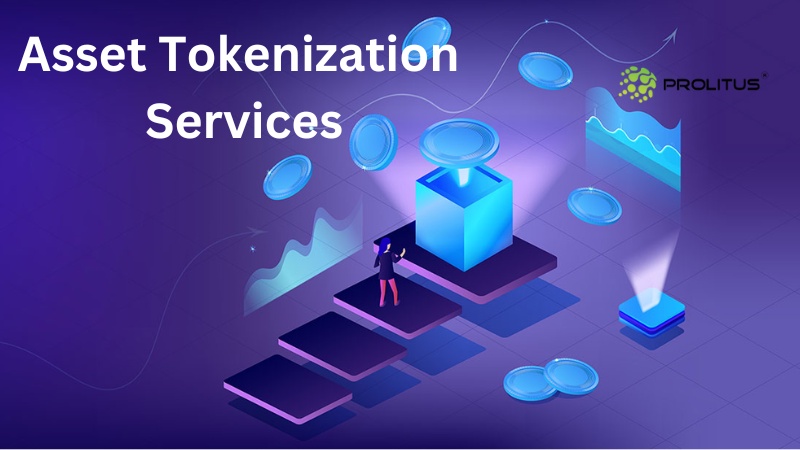Introduction
In an era where digital transformation is revolutionizing every aspect of our lives, the financial sector is not far behind. The concept of asset tokenization, which involves converting rights to an asset into a digital token on a blockchain, is reshaping how we view asset ownership and investment. This blog post delves into the development of asset tokenization platforms, a technological innovation set to redefine traditional finance.
What is Asset Tokenization?
Asset tokenization is the process of converting rights to an asset—be it real estate, art, or even intellectual property—into a digital token on a blockchain. This revolutionary concept allows assets to be divided into shares that can be sold and traded. The primary benefits? Enhanced liquidity and the democratization of investment, as even high-value assets can be fractionally owned and easily traded.
The Technology Behind Tokenization
At the heart of asset tokenization is blockchain technology—a decentralized, secure ledger that records transactions. Smart contracts, self-executing contracts with the terms of the agreement directly written into code, automate these transactions. Standards such as ERC-20 for fungible tokens and ERC-721 for non-fungible tokens (NFTs) are commonly used, ensuring compatibility and efficiency.
Case Studies
Consider the case of a real estate property tokenized on a blockchain. Investors can buy tokens representing a fraction of the property, enabling investment in real estate with significantly lower capital. Another example is the tokenization of art, where artists can sell fractional ownership of their work, providing them with funding while still retaining a stake in their creation.
Steps to Develop an Asset Tokenization Platform
-
Market Research and Legal Compliance: Understanding the market demand and the complex web of financial regulations is crucial.
-
Choosing the Right Blockchain Infrastructure: A blockchain that balances security, speed, and cost is essential.
-
Designing the Platform's Architecture: This involves mapping out the platform's functionality, including token creation, trading, and management.
-
Developing UI/UX Design: An intuitive and user-friendly interface is vital for attracting and retaining users.
-
Smart Contract Development and Audit: Creating secure and efficient smart contracts, followed by thorough auditing to prevent vulnerabilities.
-
Security Measures and Testing: Implementing robust security protocols and conducting extensive testing to ensure platform integrity.
-
Deployment and Maintenance: After deployment, ongoing maintenance is essential to adapt to market changes and user feedback.
Challenges in Development
Regulatory uncertainty is a significant hurdle, as laws regarding digital assets can vary greatly across regions. Technical challenges like ensuring interoperability between different blockchain platforms and scalability to handle large volumes of transactions are also critical. Finally, educating potential users and gaining market trust remains a significant barrier.
The Future of Asset Tokenization
Asset tokenization is poised to become a key player in the future of decentralized finance (DeFi). Its potential to integrate with other DeFi protocols opens doors to new financial products and services. The impact on industries like real estate, art, and even intellectual property is immense, providing more fluidity and accessibility to investments.
How to Get Started
For those interested in developing an asset tokenization platform, collaborating with experienced blockchain developers and legal advisors is essential. Understanding the specific market niche and regulatory environment of the intended user base is also critical for success.
Conclusion
Asset tokenization platforms represent a significant step forward in the democratization of finance. By breaking down traditional barriers to investment and offering unprecedented levels of liquidity and accessibility, these platforms are not just a fleeting trend but a cornerstone of the future financial landscape. For innovators and investors alike, now is the time to engage with this transformative technology.
FAQs Section
Q: What types of assets can be tokenized?
A: Virtually any asset can be tokenized, including real estate, art, commodities, and even intangible assets like intellectual property.
Q: Are tokenized assets secure?
A: Yes, blockchain technology ensures a high level of security and transparency for tokenized assets.


No comments yet